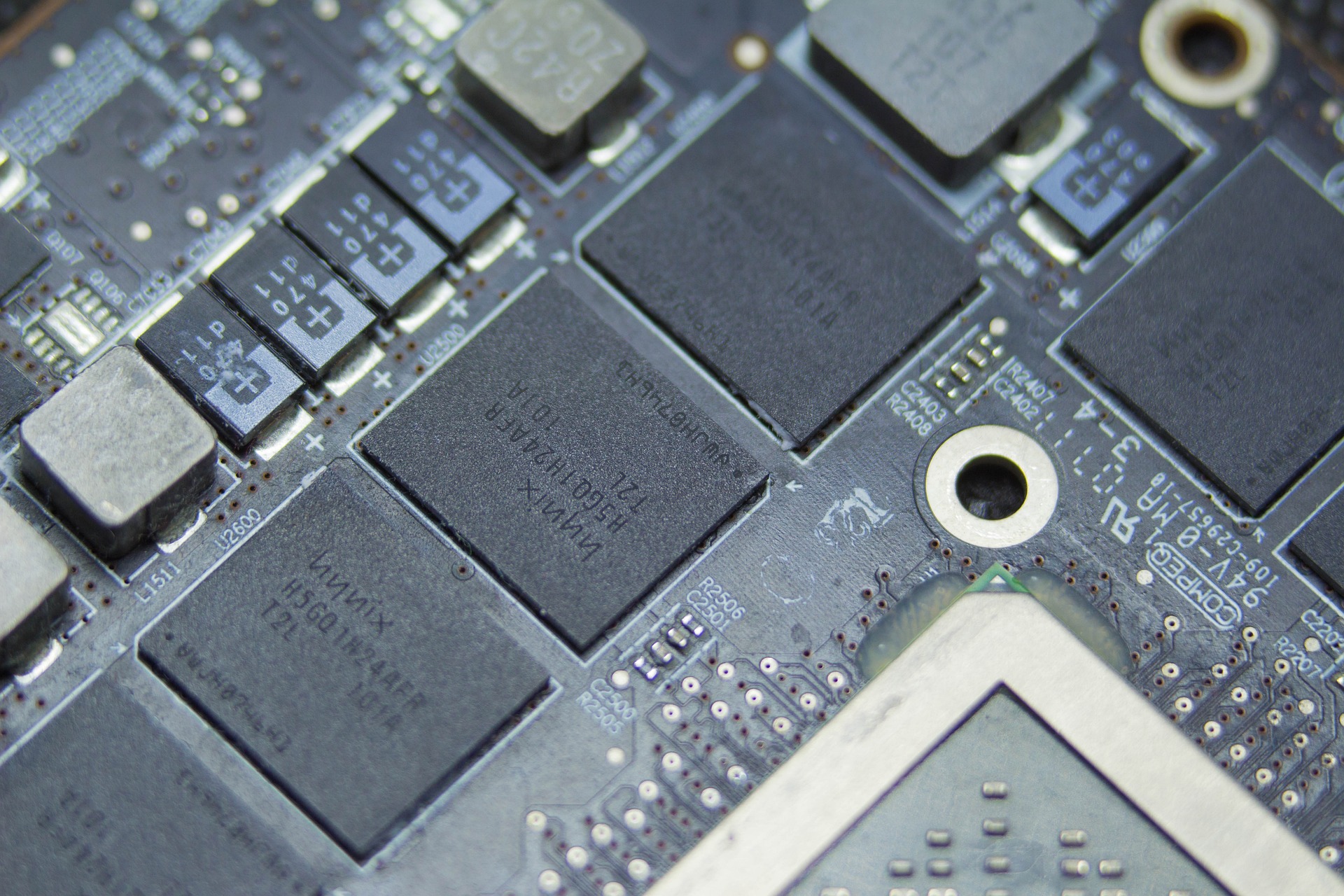"The Rise of Gallium Nitride: An Unconventional Power Player in Tech"
In the ever-evolving tech world, Gallium Nitride (GaN) is making waves. This semiconductor material, once overlooked, is now being hailed as the successor to Silicon. Known for its remarkable power-conversion efficiency and potential to revolutionize electronics, GaN is the silent hero powering our gadgets and gizmos.

Gallium Nitride: A Historical Overview
Gallium Nitride was first synthesized in the early 1930s, but it wasn’t until the 1990s that this material began to show its potential in the tech world. In 1993, scientist Shuji Nakamura used GaN to create the first efficient blue LED. This was a significant development, as blue LEDs, in combination with red and green, make white light—opening the door to energy-efficient LED lighting.
In the years that followed, GaN found its way into various high-speed electronics. It’s been used in everything from power electronics and radio frequency (RF) applications to high-voltage power systems and light-emitting diodes (LEDs).
The Current State of GaN Technology
Today, GaN technology is a major player in the tech industry. Compared to silicon, GaN can handle higher voltages and temperatures, making it ideal for power conversion. This has led to the development of GaN chargers, which are not only smaller and lighter than their silicon counterparts, but also more efficient.
Big names in the tech world, like Apple and Anker, have begun to incorporate GaN technology into their products. Apple’s 96W USB-C power adapter, for instance, uses GaN technology to achieve a small form factor while still delivering high power output.
The Impact of GaN on the Market
The rise of GaN technology is expected to have a significant impact on the market. According to a report by MarketsandMarkets, the GaN semiconductor device market is projected to reach $22.47 billion by 2023, growing at a compound annual growth rate (CAGR) of 4.6% during 2017-2023.
For consumers, the rise of GaN could mean smaller, more efficient devices. For manufacturers, it could mean lower production costs and increased profit margins.
The Future of GaN Technology
As technology continues to advance, it’s likely that we’ll see GaN being used in more and more applications. The automotive industry, for instance, is expected to be a significant driver of GaN adoption in the coming years. With electric vehicles becoming more popular, GaN’s superior power-conversion efficiency could make it an ideal choice for EV chargers and power converters.
Another area where GaN could make a significant impact is in data centers. With the increasing demand for data storage and processing, data centers are always looking for ways to improve efficiency and reduce power consumption. GaN’s high voltage and thermal performance make it a promising option for these applications.
Conclusion
As we’re headed into a future where efficiency and power are paramount, Gallium Nitride seems poised to be a major player. Its ability to handle high voltages and temperatures, combined with its superior power-conversion efficiency, make it an exciting prospect in the tech world. For readers considering a hardware upgrade, you might want to consider going for a GaN charger as a future-proof investment.





